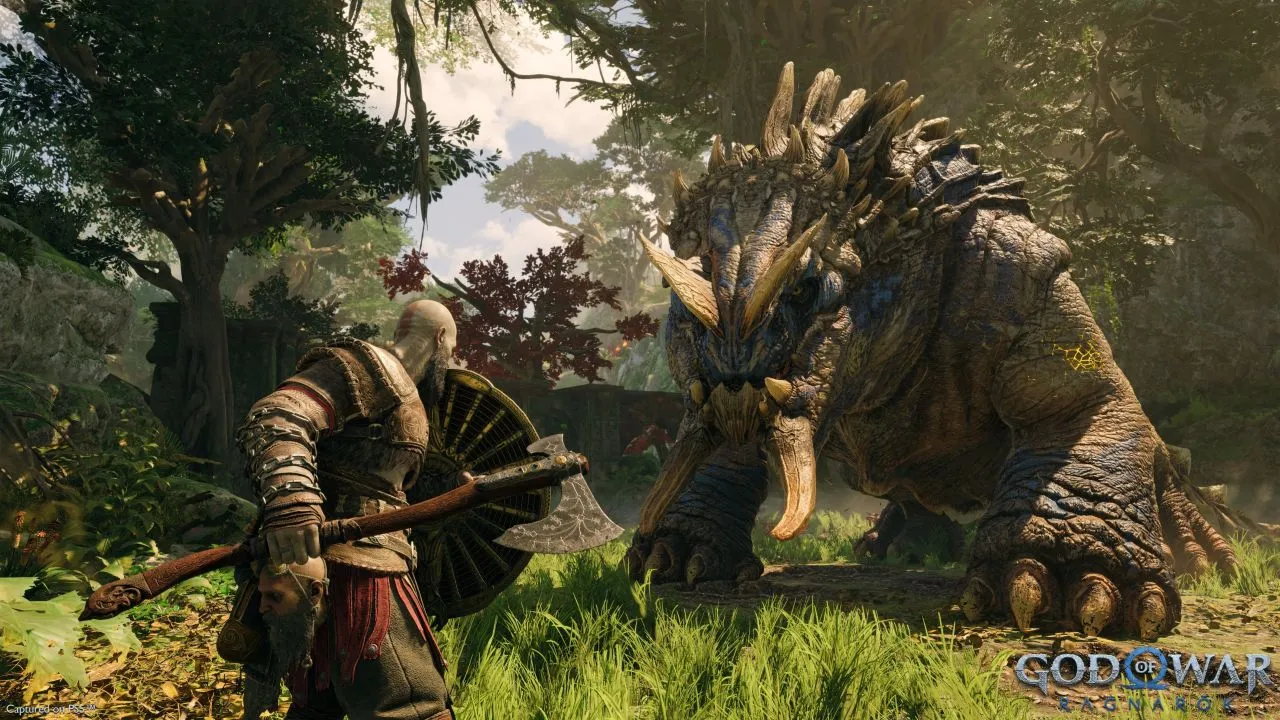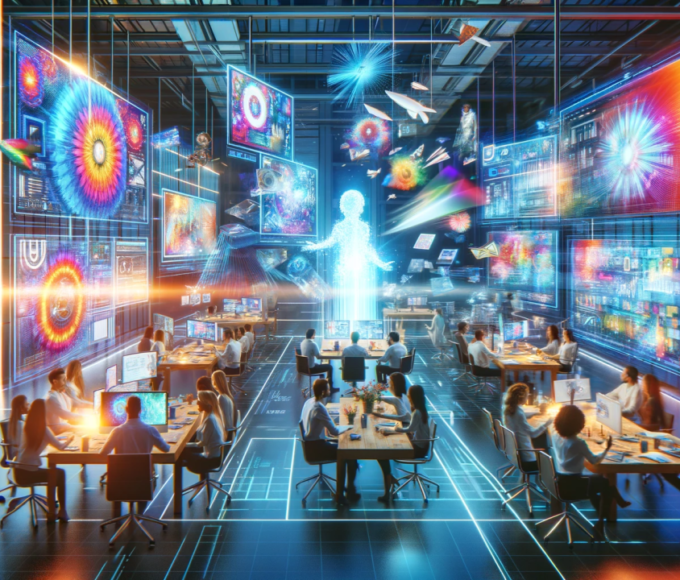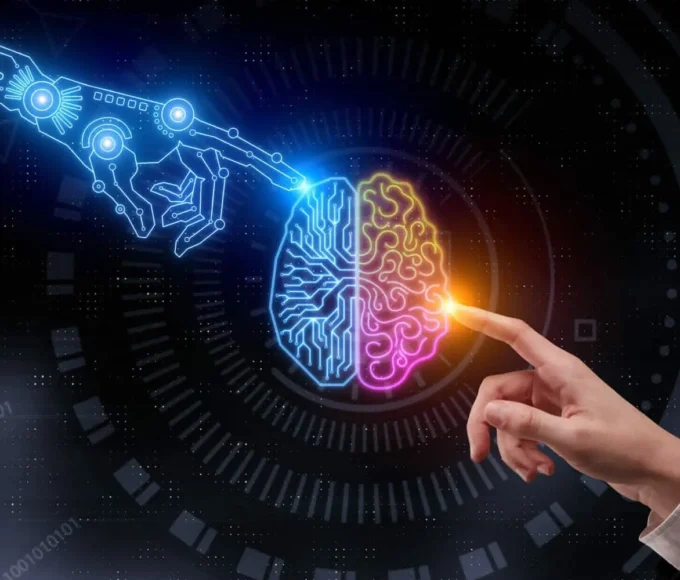In recent years, the world of artificial intelligence (AI) has made remarkable strides, particularly in the domain of video games. Deep Reinforcement Learning (DRL), a subset of machine learning, has emerged as a transformative force in the gaming industry. DRL empowers virtual agents to learn complex tasks by interacting with their environment. This makes it a powerful tool for creating intelligent, adaptive, and engaging video game experiences.
Understanding Deep Reinforcement Learning
Deep Reinforcement Learning is a sophisticated machine learning technique that marries reinforcement learning (RL) with deep neural networks. Reinforcement learning involves training an agent to make sequential decisions in an environment to maximize a cumulative reward over time. This is achieved through a trial-and-error process where the agent explores various actions, receives feedback in the form of rewards or penalties, and learns to make better decisions over time.
Deep Reinforcement Learning builds upon this foundation by utilizing deep neural networks to approximate complex decision-making processes. These networks allow the agent to learn directly from raw sensory inputs such as images or sounds. This advancement enables agents to handle high-dimensional state spaces, making them well-suited for the intricate and dynamic environments.
The Role of DRL in Video Games
Deep Reinforcement Learning has had a significant impact on video games, revolutionizing various aspects of game development, gameplay, and player experiences.
NPC Behavior and AI opponents: Traditional game development involves scripting AI behavior, which can be limited and often leads to predictable opponent actions. DRL empowers NPCs (non-player characters) to learn from player interactions, adapting their strategies and responses over time. This results in more challenging and dynamic adversaries, enhancing the overall gaming experience.
Procedural Content Generation: DRL algorithms can be used to generate diverse and engaging game content. From designing levels to creating in-game items, these algorithms can autonomously create content that is tailored to the player’s skill level, ensuring a balanced and immersive experience.
Adaptive Difficulty: Video games often struggle to provide a balance between catering to casual gamers and challenging experienced players. DRL allows games to dynamically adjust difficulty levels based on the player’s performance, ensuring a satisfying and engaging experience for players of all skill levels.
Testing and Quality Assurance: DRL-powered agents are used for testing and quality assurance purposes. They can perform repetitive tasks, identify bugs, and explore different scenarios that might be difficult to replicate manually. This leads to more stable and polished game releases.
Player Personalization: DRL can analyze player behavior and preferences to personalize the gaming experience. By understanding how a player interacts with the game, developers can tailor content and challenges to suit individual preferences, enhancing player satisfaction and retention.
Success Stories in DRL Gaming
Several notable instances showcase the prowess of Deep Reinforcement Learning in video games:
AlphaGo: Developed by DeepMind, AlphaGo marked a turning point in DRL. It defeated the world champion Go player, demonstrating the capability of DRL to master complex games with vast state spaces.
OpenAI’s Dota 2 Bot: OpenAI’s bot showcased remarkable skill in playing the complex multiplayer game Dota 2. It faced professional players and managed to hold its own, highlighting the adaptability and potential of DRL in complex, real-time environments.
Atari Games: DRL algorithms have been successful in mastering various Atari games, achieving superhuman performance on games like Breakout and Space Invaders. These achievements illustrate DRL’s ability to tackle diverse challenges across different game genres.
Challenges and Future Directions
Despite its successes, DRL in video games faces challenges such as sample efficiency, generalization across different game environments. Addressing issues related to fairness and ethics in AI-controlled gaming is essential.
Looking ahead, researchers are exploring hybrid approaches that combine reinforcement learning with other AI techniques. The application of DRL in virtual reality and augmented reality gaming is an exciting avenue with the potential to create even more immersive and interactive experiences.
Deep Reinforcement Learning’s integration into the world of video games has transformed the way games are developed, experienced, and enjoyed. From creating smarter AI opponents to personalizing player experiences, DRL has brought unprecedented adaptability and intelligence to the gaming landscape.
As technology advances and researchers continue to push the boundaries of what is possible, the synergy between DRL and video games is set to create even more captivating and dynamic gaming experiences in the years to come.
















Leave a comment